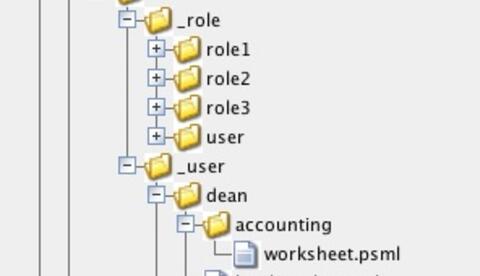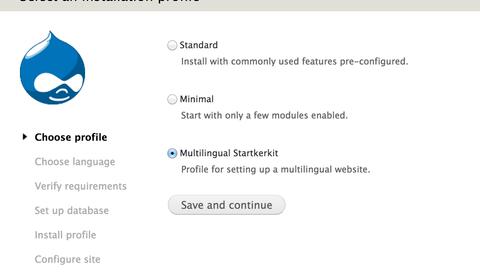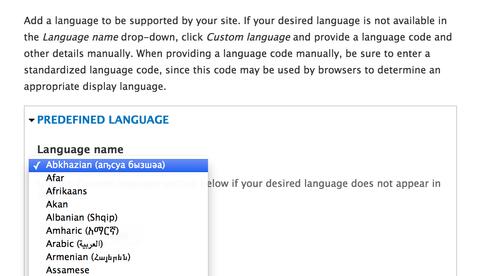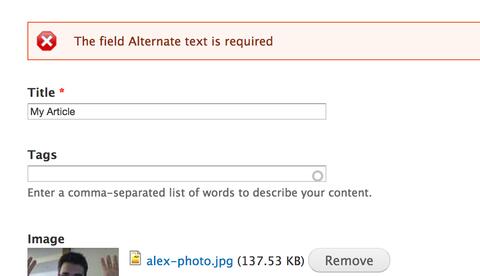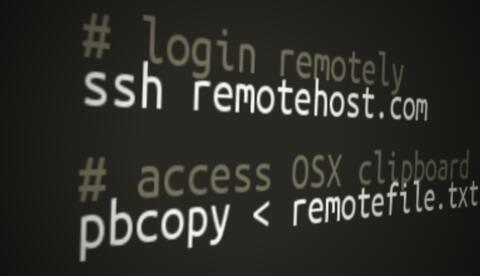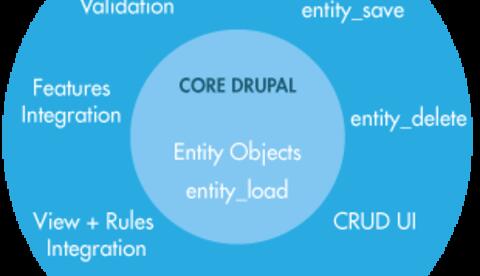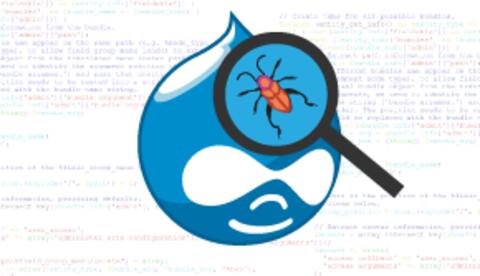Node smuggling, aka poor mans node_export
I needed to create a new webform on a production site recently. But as a dev, I don't have direct access to the production admin backend; I'm only allowed to push code changes and let the client's team migrate them to prod via drush updb. So I'm supposed to export the webform configuration to code, and deploy it via an update hook, but how?



